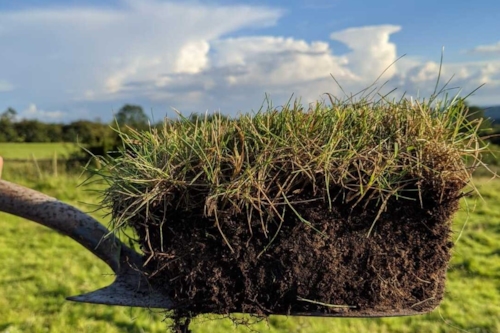
Phase 2 Intrusive Investigation
Receive a quote tailored to your needs
What is Phase 2 Intrusive Investigation?
Usually following on from a Phase 1 Desk Study an intrusive investigation is designed to understand the subsurface regime at the target/application site. These are usually required in line with current guidance including the Environment Agency’s Land Contamination Risk Management Strategy that is a driver for inclusion in Planning Conditions present within in Planning Application Decision Notices.
Unless there has already been such investigations or suitable information provided then, usually, prior to commencement, on-site service (gas sewers, electricity, etc.) information and utility tracing is usually conducted or as a minimum a borehole clearance survey is provided to give our investigation team more confidence in not drilling through these.
All site investigation techniques, scopes, costs and variables/extra-overs are agreed with the client prior to attendance.
Where possible any intrusive investigation schemes are discussed and agreed with the Local Planning Authority prior to site attendance.
A variety of drilling rigs and techniques (e.g., Window Sampling, Light Cable Percussive, Rotary, Trial Pitting, etc.) can be used to investigate a site using our approved and specialist sub-contractors.
We have experience in investigating a range of sites and our portfolio includes:
- Industrial and Commercial Sites
- Quarries and Brick Works Ground Gas and Contamination Issues
- Modern and Old Housing Estates
- Former Mill Sites
- Infilled Canal and Pond Sites
- Agricultural Sites
- Greenfield Sites (e.g., with poor ground conditions)
- Canal and River Embankments
- Former Foundries
- Former Gas Works
- Former Scrap Yards
- Cemeteries
- Council Allotments
- Sewage Works
What is contained in a Phase 2 Intrusive Investigation Report?
Investigation locations, borehole/trial pit logs, soil contamination testing data, macadam testing data, contaminated soil assessment for human health, soil waste assessments to WM3, macadam assessments to WM3, soil landfill classification assessments, gas monitoring data and assessment to BS8485/CIRIA C665, site conceptual model refinement and a Remediation Options Appraisal if this is required (precursor to a Remediation Method Statement). Where requested there could also be a separate report for foundation recommendations.
How are the reports presented?
Our reports are provided in PDF format via email.
Contaminated Land Investigation
Kiwa CMT | We examine ground contamination

Gas Monitoring & Assessment
Kiwa can provide a standalone Ground Gas Monitoring service, or as part of a more detailed Phase 2 Intrusive investigation where assessment is made to BS8485 (Code of practice for the design of protective measures for methane and carbon dioxide ground gases for new buildings).
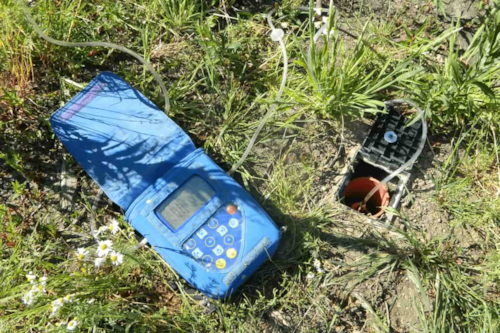
Phase 1 Desk Study
In line with the Land Contamination Risk Management Strategy (Environment Agency, 2020), BS5930 and Eurocode 7 (EN 1997) all ground investigations should be preceded with a suitable Phase 1 Desk Study and Site Walkover to provide a baseline information package about any site.

Remediation Method Statements
Remediation Method Statements and Watching Brief (Stages 2 and 3 LCRM – remediation feasibility and development of a final remediation strategy).
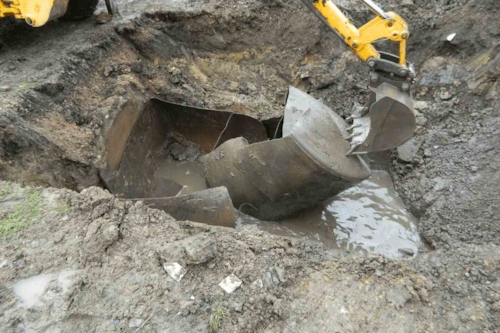
Verification of Remediation
Verification of Remediation Site Works and Reporting (Stage 3 LCRM – verification and future works)
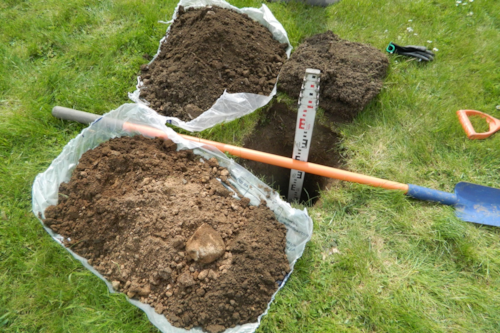
Site Investigation
Kiwa CMT | We provide a range of ground investigation services
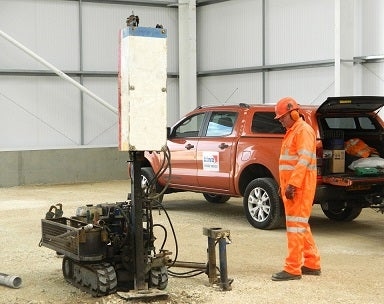
Waste and Contamination
Kiwa CMT | Construction materials, geotechnical, structures and waste testing.

BS3882 Topsoil Testing
The BS3882 topsoil suite is specifically designed to categorise grades of topsoil based on physical and chemical composition.
